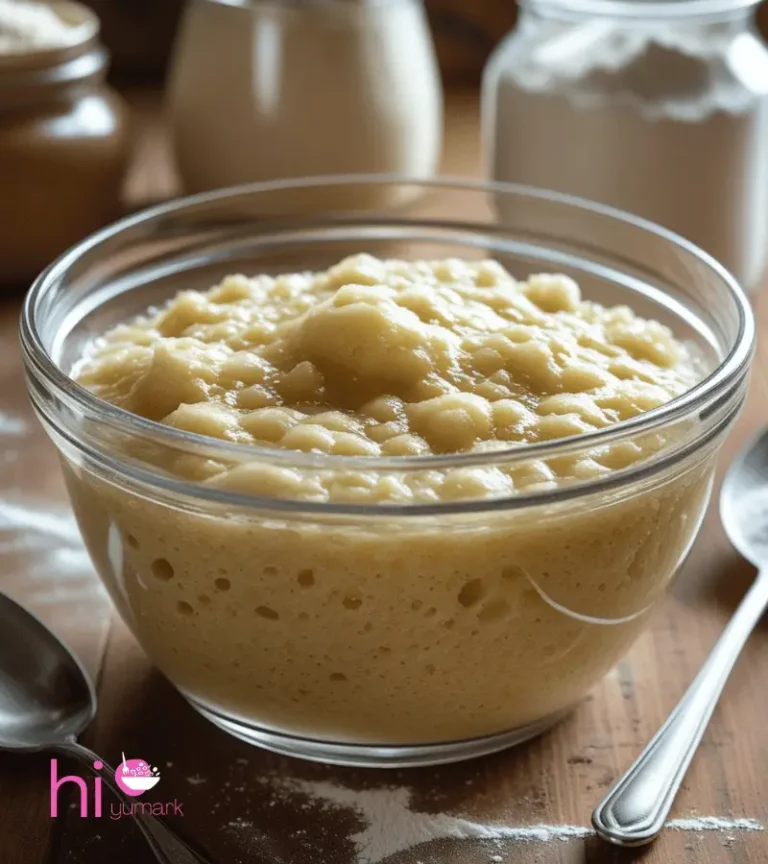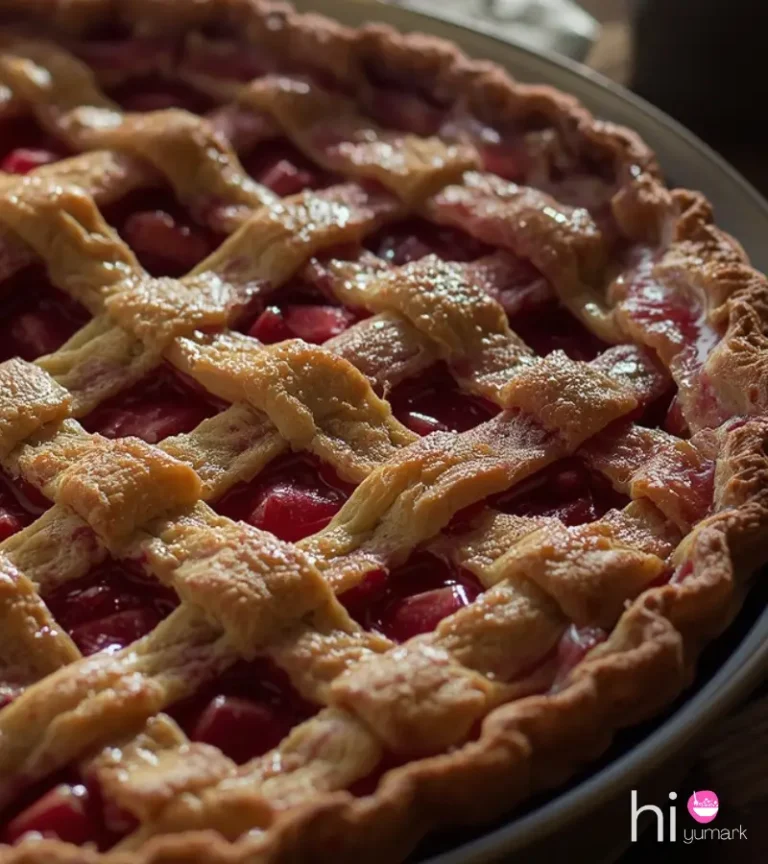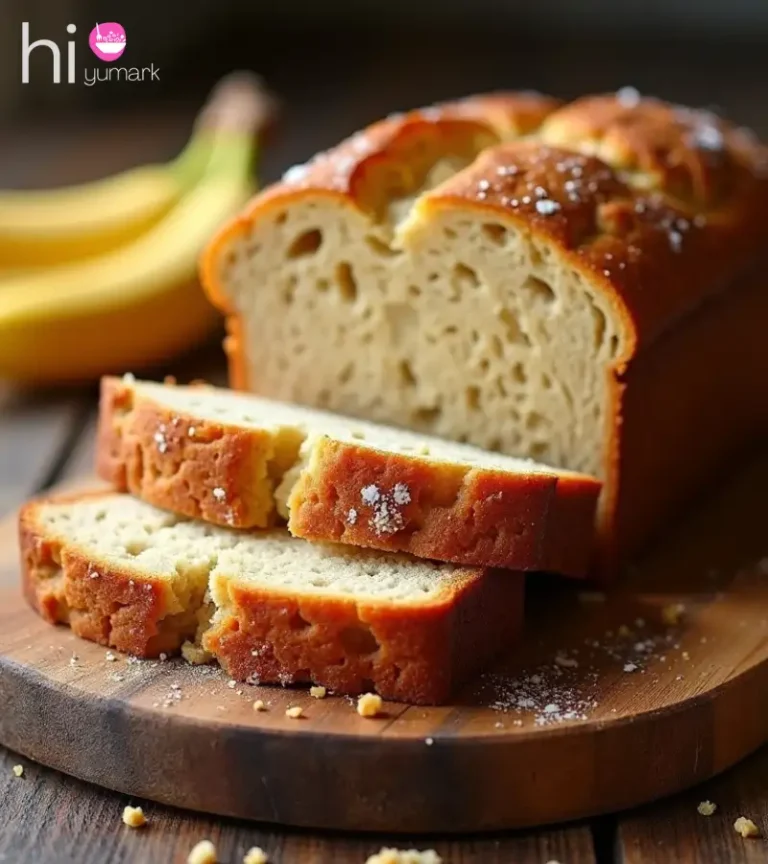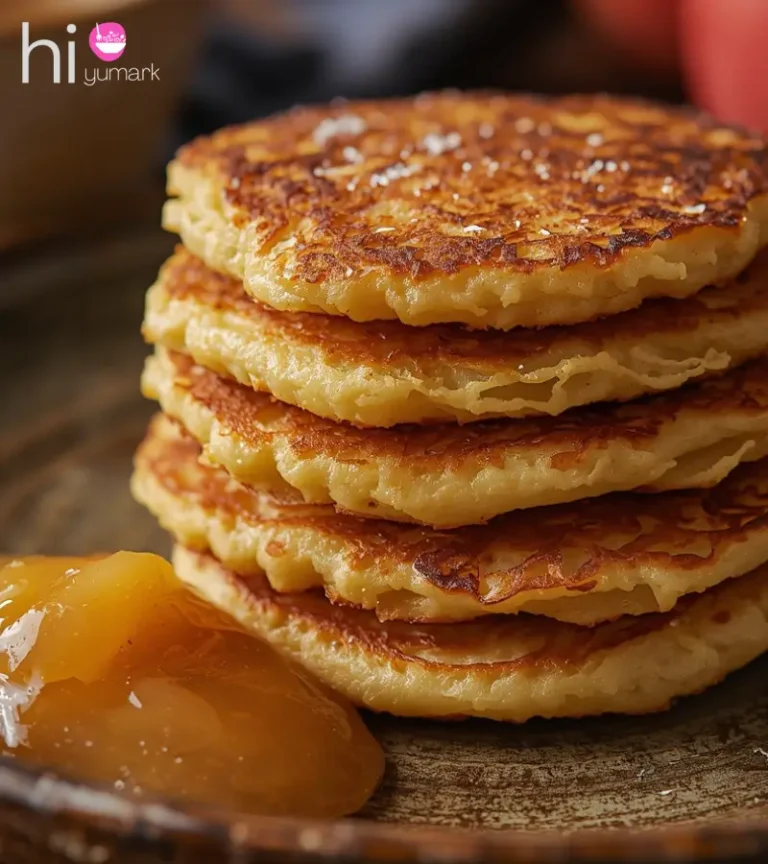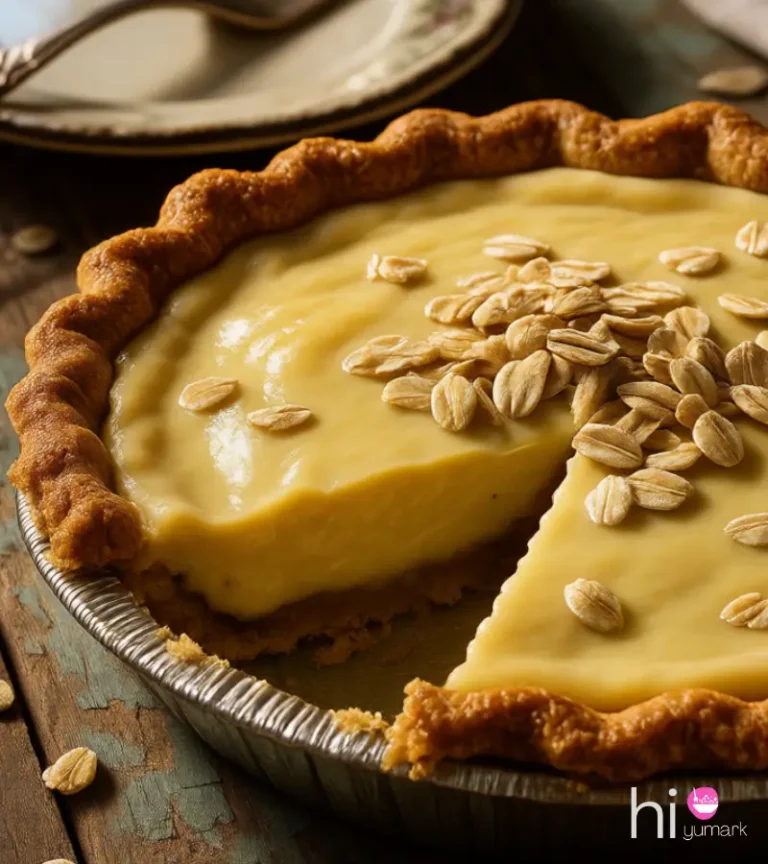Why Is Amish Shoofly Pie Crust Flaky?
Bite into a slice of Amish shoofly pie and you’ll notice something magical: that light, crisp, perfectly flaky crust holding a sweet, molasses-rich filling. So, what’s the secret? In short, the flakiness comes from cold fat (usually lard or butter), minimal handling, and moisture control.
The Amish have passed down this technique for generations. Cold fat creates steam during baking, forming delicate layers, while careful dough handling prevents toughness. Add a few extra tricks – like vinegar in the dough or blind baking – and you’ve got a crust that’s as legendary as the pie itself.
In this article, you’ll discover the history, science, and kitchen techniques behind this old-fashioned favorite. We’ll also cover the small, often-overlooked steps that make the difference between a good crust and one worth writing home about.
A Short History of Shoofly Pie and Its Crust
Shoofly pie began in Pennsylvania Dutch country in the late 1800s as a crustless “molasses cake” baked in a pan. It was often served with coffee for breakfast.
Over time, home ovens made it easier to bake pies with crusts. Adding a crust turned shoofly pie into a more portable treat – something you could slice, carry, and eat without a plate.
The crust didn’t just make the pie easier to serve – it also balanced the intense sweetness of molasses with a crisp, buttery bite.
Why Amish Bakers Use Specific Fats?
Traditional Amish bakers often choose lard for pie crusts. Lard has a larger fat crystal size than butter, which creates bigger steam pockets and more defined flakes.
Butter, on the other hand, adds rich flavor but melts faster. Some bakers mix butter and lard to get the best of both worlds – flavor and flakiness.
The key is to keep the fat cold until it hits the oven. This prevents it from blending too fully with the flour before baking.
The Science Behind Flaky Layers
Flakiness comes from steam. When cold fat melts in a hot oven, it releases water vapor. This vapor pushes apart layers of dough, creating light, airy pockets.
If the fat is too warm when you mix the dough, it blends with the flour instead of staying in small chunks. That’s when you end up with a dense, bread-like crust instead of delicate flakes.
Gluten Control: Why Tenderness Matters?
Gluten gives bread its chew – but in pie crust, too much gluten means toughness.
Cold fat coats flour particles, limiting the amount of gluten that forms. Using ice water instead of room-temperature water helps slow gluten development even further.
Many Amish bakers also add a teaspoon of vinegar to the water. This tiny bit of acid weakens gluten strands and keeps the crust tender.
How the Molasses Filling Affects the Crust?
Shoofly pie comes in two main styles:
| Style | Crust Effect |
| Wet-bottom | Gooey molasses layer seeps into the crust slightly, making it softer underneath but keeping the edges flaky. |
| Dry-bottom | Filling is firmer, so the crust stays crisp all over. |
In wet-bottom pies, some bakers sprinkle a layer of crumbs under the molasses filling to act as a barrier. This simple trick reduces sogginess.
Handling the Dough the Amish Way
Amish bakers follow a few golden rules:
- Touch the dough as little as possible. Overworking warms the fat and develops gluten.
- Chill before rolling. This firms up the fat and makes the dough easier to handle.
- Roll from the center outward to avoid stretching the dough, which can cause shrinkage.
Even in large Amish kitchens, where pies are made in bulk, this careful handling is a constant practice.
Blind Baking for Extra Crispness
If you’re making a wet-bottom shoofly pie, blind baking the crust is a smart move.
This means partially baking the crust before adding the filling. It creates a dry, sealed surface that resists soaking up liquid.
Some bakers also brush the baked crust with a thin layer of egg white for extra moisture protection.
Why Cooling Time Is Crucial?
A shoofly pie fresh from the oven smells irresistible – but slicing it too soon is a rookie mistake.
As it cools, the molasses filling sets, preventing it from soaking deeper into the crust. This cooling period helps keep the flaky layers intact.
Most Amish bakers let the pie cool at least 2 hours before cutting.
Conclusion
Amish shoofly pie crust gets its flakiness from cold fat, gentle handling, and moisture control – techniques that have stood the test of time. These steps, while simple, require patience and precision.
Understanding the balance between fat, flour, and liquid makes all the difference. Whether you use lard for maximum flake or butter for rich flavor, the principles remain the same.
Next time you make shoofly pie, remember: every step in crust preparation matters. And if you’re ever in Pennsylvania Dutch country, don’t miss the chance to taste one made by the masters. You’ll see why this humble pie is anything but ordinary.
Read related Amish recipe queries

